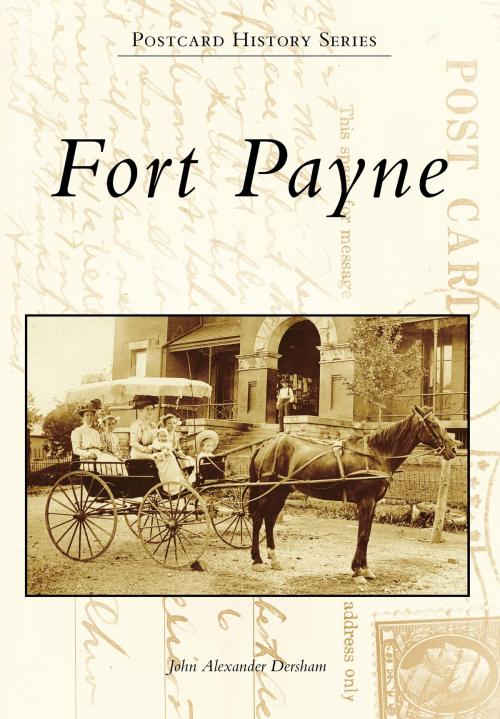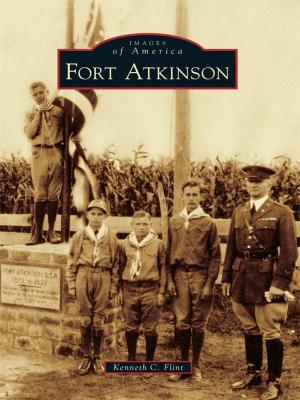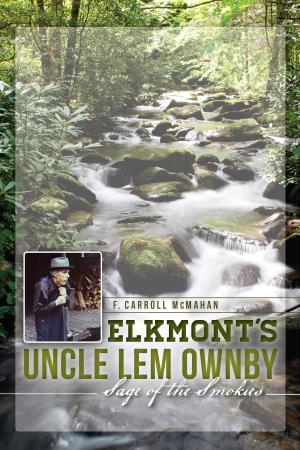Fort Payne
Nonfiction, History, Military, Pictorial, Travel, Museums, Tours, & Points of Interest, United States| Author: | John Alexander Dersham | ISBN: | 9781439655085 |
| Publisher: | Arcadia Publishing Inc. | Publication: | March 7, 2016 |
| Imprint: | Arcadia Publishing | Language: | English |
| Author: | John Alexander Dersham |
| ISBN: | 9781439655085 |
| Publisher: | Arcadia Publishing Inc. |
| Publication: | March 7, 2016 |
| Imprint: | Arcadia Publishing |
| Language: | English |
Fort Payne was named for the US Army stockade at the Native American village of Willstown, where Cherokee scholar Sequoyah developed his famous alphabet in the 1820s. Following the Cherokee Removal of 1838, known as the Trail of Tears, a farming settlement developed around the stockade site, and the arrival of the Wills Valley Railroad in the 1850s helped shape its early growth. The small town became the county seat in 1878 and quickly boomed into a coal and iron industrial powerhouse filled with the municipal infrastructure, stately structures, and elegant residences that define the city today. By mid-century, Fort Payne was experiencing its second boom and was ultimately recognized as the "Sock Capital of the World."
Fort Payne was named for the US Army stockade at the Native American village of Willstown, where Cherokee scholar Sequoyah developed his famous alphabet in the 1820s. Following the Cherokee Removal of 1838, known as the Trail of Tears, a farming settlement developed around the stockade site, and the arrival of the Wills Valley Railroad in the 1850s helped shape its early growth. The small town became the county seat in 1878 and quickly boomed into a coal and iron industrial powerhouse filled with the municipal infrastructure, stately structures, and elegant residences that define the city today. By mid-century, Fort Payne was experiencing its second boom and was ultimately recognized as the "Sock Capital of the World."















